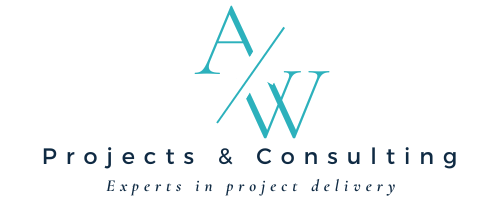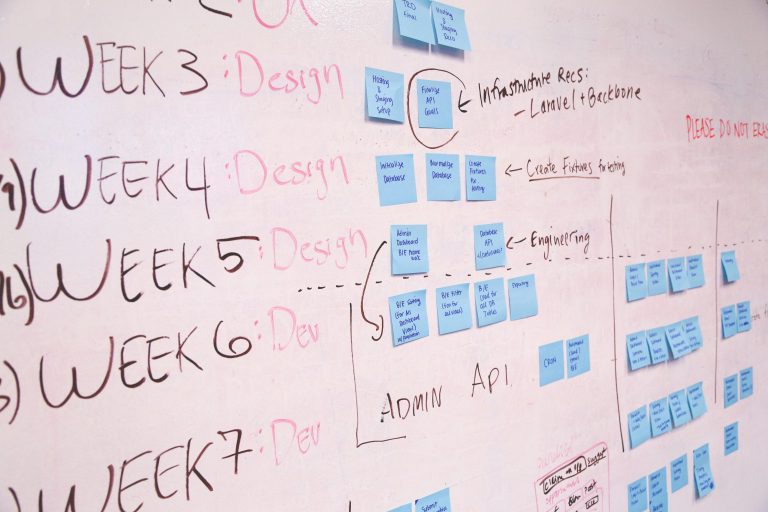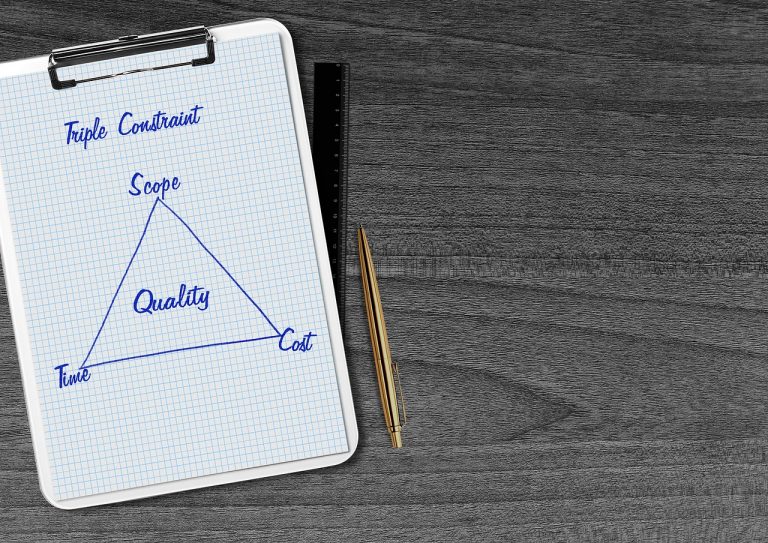The Vital Role of Project Organization and Team Building in Project Management: Tips for Effective Implementation
In the dynamic landscape of project management, success hinges not only on robust planning and execution but also on how well teams are organized and function together. The synergy of a well-organized team can propel projects forward, ensuring milestones are met, and objectives achieved. In this article, we delve into the pivotal role of project organization and team building, offering practical tips to foster cohesion and drive success.
Importance of Project Organization and Team Building
- Structure and Clarity:
- Organization: Establishing a clear project structure and hierarchy clarifies roles, responsibilities, and reporting lines. This structure minimizes confusion, enhances accountability, and streamlines decision-making processes.
- Team Building: Building a cohesive team fosters collaboration, trust, and mutual respect among team members. A unified team is more motivated and committed to achieving project goals.
- Optimized Resource Allocation:
- Organization: Effective organization ensures resources—human, financial, and material—are allocated efficiently based on project needs. It prevents overallocation or underutilization, maximizing productivity.
- Team Building: A well-built team aligns skills and strengths with project requirements, leveraging diverse talents to tackle challenges and innovate solutions effectively.
- Risk Mitigation and Adaptability:
- Organization: Clear organizational structures facilitate swift identification and response to risks. Roles and responsibilities for risk management are defined, enabling proactive mitigation strategies.
- Team Building: A cohesive team is adaptable and resilient in the face of unforeseen challenges. Team members support each other, share knowledge, and collaborate to overcome obstacles.
- Enhanced Communication and Collaboration:
- Organization: Structured communication channels and protocols ensure information flows efficiently across the project team and stakeholders. It reduces misunderstandings and promotes transparency.
- Team Building: Effective team building nurtures open communication and fosters a culture where ideas are freely exchanged. Team members feel valued, contributing actively to discussions and decision-making processes.
Tips for Effective Project Organization and Team Building
- Define Clear Roles and Responsibilities:
- Tip: Clearly define roles and responsibilities within the project team. Use a RACI matrix (Responsible, Accountable, Consulted, Informed) to clarify who does what.
- Build a Diverse and Complementary Team:
- Tip: Select team members with diverse skills and backgrounds that complement each other. Balance technical expertise with soft skills like communication and problem-solving.
- Establish Team Norms and Expectations:
- Tip: Establish norms for communication, collaboration, and decision-making early on. Set expectations for professionalism, accountability, and responsiveness.
- Promote Open Communication and Feedback:
- Tip: Foster a culture of open communication where team members feel comfortable sharing ideas, concerns, and feedback. Encourage active listening and constructive dialogue.
- Invest in Team Development and Training:
- Tip: Provide opportunities for team development through workshops, training sessions, or team-building activities. Invest in continuous learning to enhance skills and adaptability.
- Encourage Trust and Collaboration:
- Tip: Build trust among team members by encouraging collaboration and teamwork. Recognize individual contributions and celebrate team successes together.
- Resolve Conflicts Promptly and Constructively:
- Tip: Address conflicts or misunderstandings promptly and constructively. Use conflict resolution techniques such as mediation or negotiation to find mutually agreeable solutions.
- Celebrate Milestones and Successes:
- Tip: Acknowledge and celebrate milestones, achievements, and contributions within the team. Foster a positive team spirit and motivation for ongoing project success.
Conclusion
Effective project organization and team building are essential pillars of successful project management. By carefully structuring teams, defining roles clearly, fostering open communication, and promoting collaboration, project managers can cultivate a cohesive and high-performing team environment. Investing in these aspects not only enhances project outcomes but also boosts morale, engagement, and overall team satisfaction. Implement these tips to optimize your project team’s potential and achieve outstanding results in your next project endeavor. Remember, a well-organized and motivated team is the bedrock of project success.






